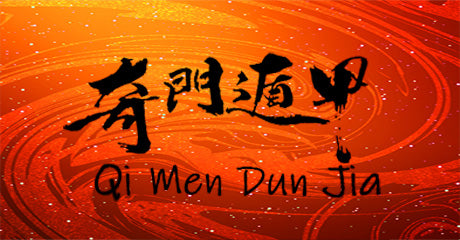| "Qi" symbolizes extraordinary strategies in this ancient art and emphasizes timely surprise attacks. Meanwhile, "Door" signifies location and direction, as it's utilized to divide space. In any specific space, there are eight different directions. "Dun" involves concealment and protection, while "Jia" pertains to leaders and generals. It is about concealing and safeguarding leaders while surprising the enemy with an unexpected assault. "Qi Men" focuses on the attack, and "Dun Jia" revolves around defence. Consequently, it shares the same historical significance as Sun Tzu's Art of War. Sun Tzu's approach is Yang, while Qi Men Dun Jia is in. The key distinction lies in Sun Tzu's emphasis on "planning," while Qimen Dunjia prioritizes "decision-making." Those who wish to make informed judgments must master both aspects. | As demonstrated in previous videos, Qimen Dunjia played pivotal roles in historical wars and has proven its effectiveness through numerous conflicts. It has gradually extended beyond the military realm, and has been used in political, diplomatic, and commercial fields, evolving into a widely utilized science for forecasting and decision-making across various domains. From the literal interpretation of Qi Men Dun Jia, it is a decision-making science. But what exactly is decision-making? Scientifically, it is a complex process. In simpler terms, it involves assessing the developmental trend of a situation, weighing opportunities and risks, and making the most rational choice. "Qi Men" consists in seizing opportunities, while "Dun Jia" focuses on risk avoidance. Isn't this the essence of decision-making? |







